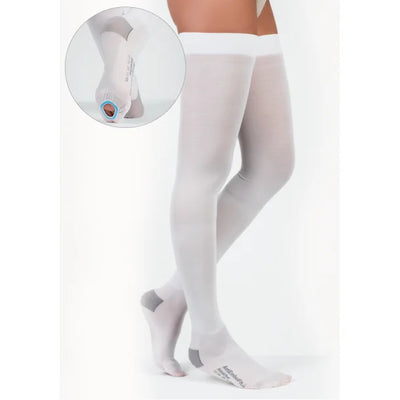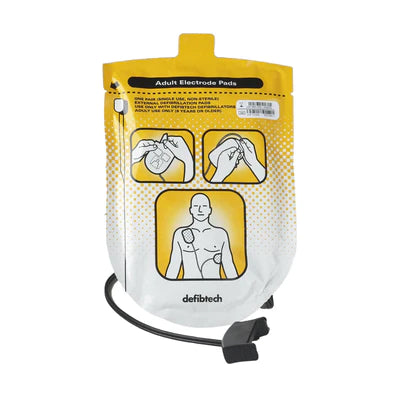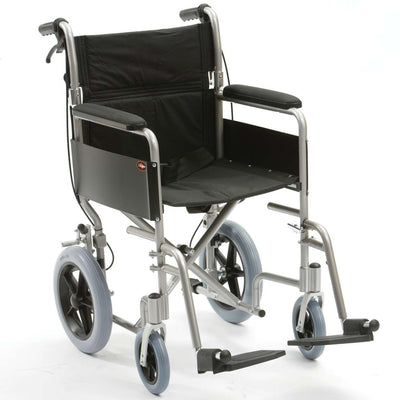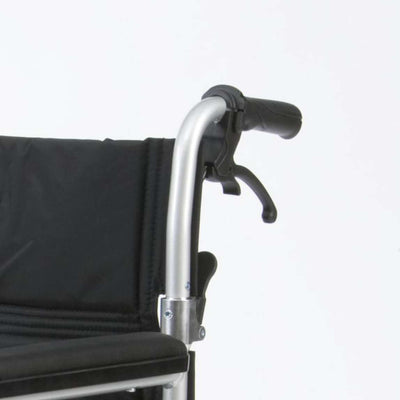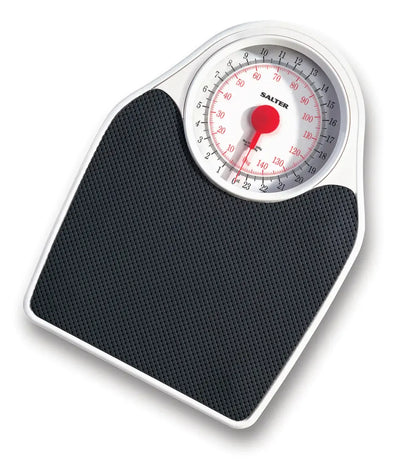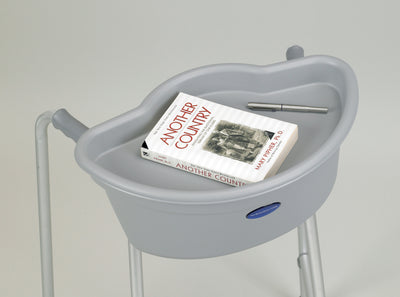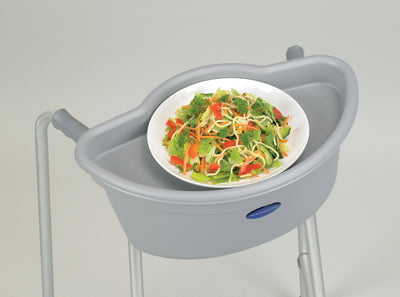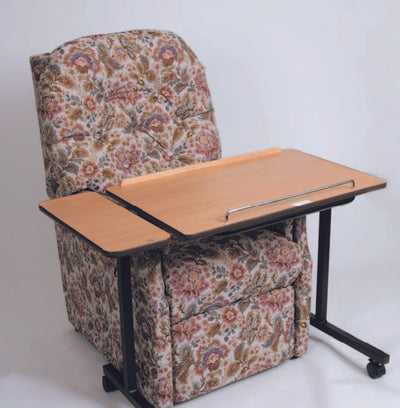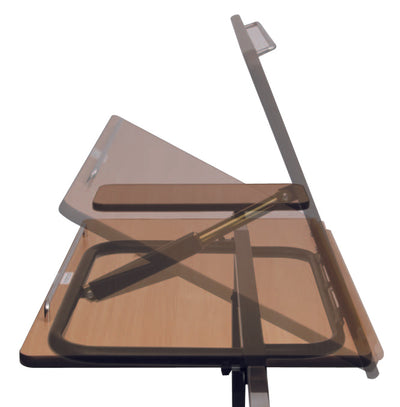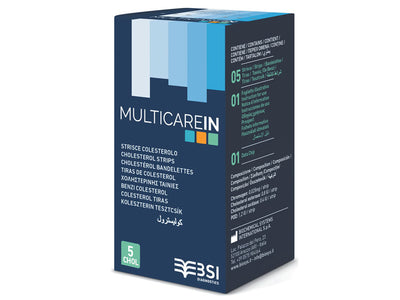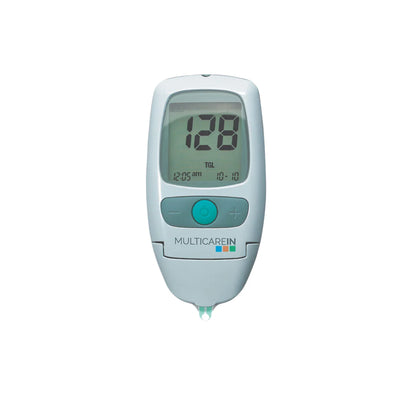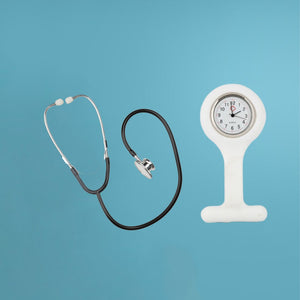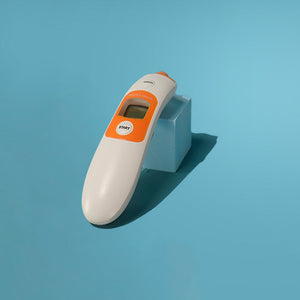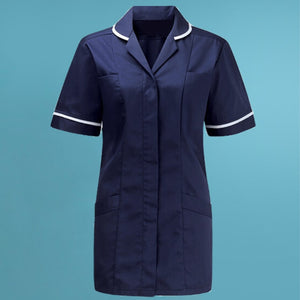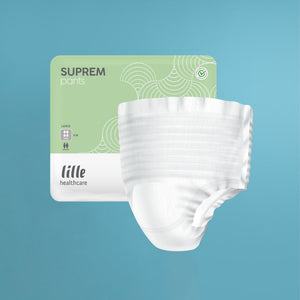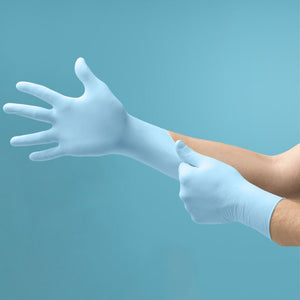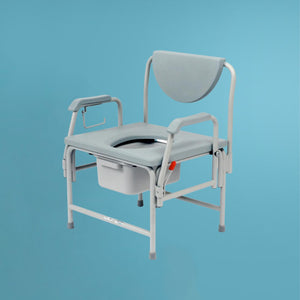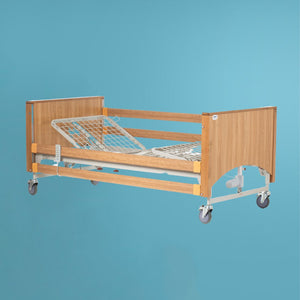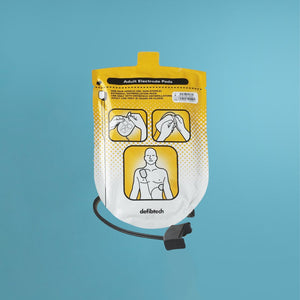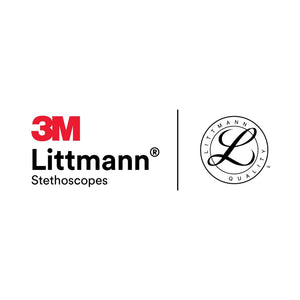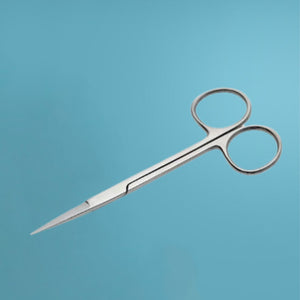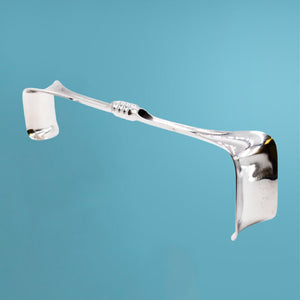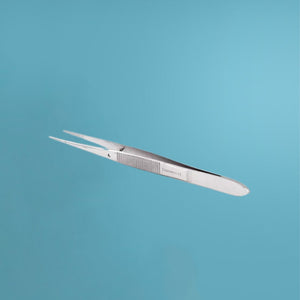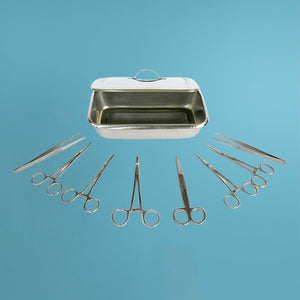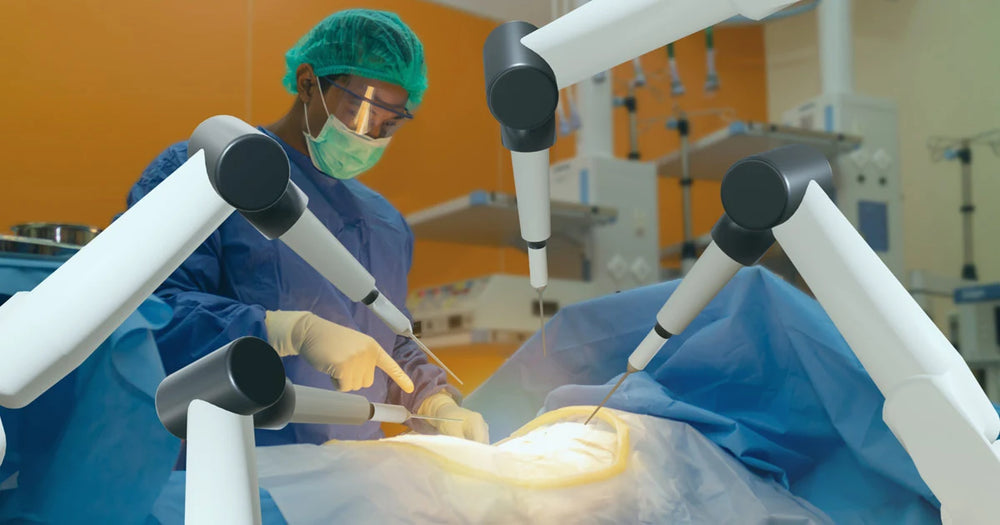Robots have been used in surgery for many decades but the technology has been prohibitively expensive and very few surgeons are fully trained in robotic surgery.
However that may be changing, as the future of the operating room is changing with more and more use of robotics coming into the fore.
Covid and Healthcare Robotics
The covid-19 pandemic saw a shift in the need for no-contact surgical procedures. The pandemic highlighted how reliant the healthcare system is on face to face, hands-on physical contact. So, in response, many more consultations began happening online and some specialist surgeries were even conducted using robots, allowing surgeons and healthcare staff to stay at a safe distance. This trend is expected to continue as technology and training develop.
Advantages of Robots in Surgery
Greater Precision: Once a patient is in the operating theatre and has received anaesthetic treatment, the surgeon can then operate from a remote console. Surgical robots are able to make more precise and smaller incisions on the patients. Surgeons are in full control and can operate with minute detail.
Advances in camera technology allow surgeons far better defined vision and magnification for intricate operations. The robotic instruments and technologies offer greater precision, articulation and freedom over the physical hand of the surgeon.
Quicker Recovery Times: Evidence suggests that operations conducted using robots can be less invasive and result in much quicker recovery times, as a result. Patients will spend less time recovering in hospital and can be back to work and regular life much more quickly. The knock on impact for patients and ongoing healthcare resources could be incredibly positive with this growing trend.
Improved Surgeon Experience: Robotic technology is advancing surgery in many ways, including the speed at which operations take place. Surgery is physically demanding for the surgeon, who could ordinarily be hunched over the operating table for several hours at a time. Surgery is back breaking work.
The use of robotic technology speeds up the procedures and means that the surgeon is able to sit or stand at their control console in a more ergonomic position.
Improving Healthcare Inequalities: Over five billion people across the world lack access to safe surgery and adequate healthcare. In fact, more people die from lack of access to surgery and healthcare than from HIV, malaria and TB combined.
Robotic and technological advances could help to improve this. Already surgeons are able to ‘attend’ any operating theatre around the world by using software that allows them to dial in and control surgical robots from their tablet or computer.
For all your Medical and Homecare supplies give us a call at Mediworld.
We have over 40 years experience in medical, surgical, mobility and home health supplies and we're always on hand to chat if you need support or advice.

